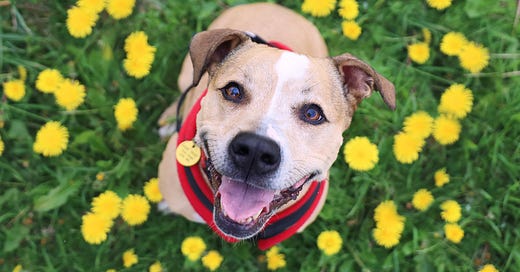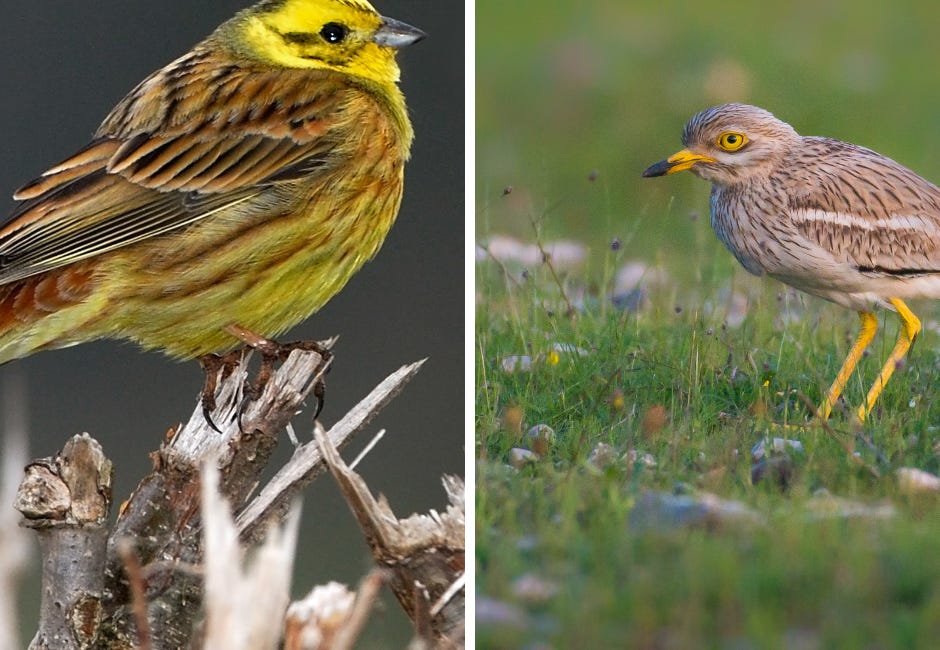Inside Salisbury: Spring flowers a threat to dogs
Pet owners urged to keep animals away from spring flowers
By Annette J Beveridge
NOW spring is here, one charity is urging dog owners to be aware of the dangers of some plants and bulbs in the garden.
The season brings a welcome sight of snowdrops, daffodils, tulips and bluebells but some of these will be toxic to dogs. Common signs of poisoning may include vomiting, diarrhoea, excessive drooling, lethargy, and, in severe cases, difficulty breathing, tremors, and even seizures.
In some cases, spring bulb poisoning can prove fatal.
Senior Veterinary Surgeon at Dogs Trust, Charlie Dobson, said: “After what feels like an incredibly long winter, it’s wonderful to see the early signs of spring, with glimpses of green popping up through the ground. However, while flowers such as daffodils and tulips are great to look at, they can be problematic for our canine friends, especially those who love to dig in the garden.
“Although cases of poisoning are rare, knowing which plants are dangerous and keeping them out of reach can help prevent accidental poisoning. If you suspect your dog has eaten anything they shouldn’t have, including spring bulbs, you must seek vet advice promptly, even if they are not showing any symptoms. The sooner your dog is treated, the better their chances of a full recovery.”
Read more: Three nominations for Wiltshire Creative
Several common spring flowers and plants are poisonous to dogs. The most common ones include:
Daffodils
All parts of the daffodil plant, especially the bulb, are highly toxic to dogs. If eaten or if your dog drinks water from a vase containing daffodils, they can cause symptoms such as vomiting, diarrhoea, lethargy, and, in severe cases, seizures. Owners should ensure that dogs cannot dig up or access daffodils in the garden.
Tulips
The bulbs of tulips are the most dangerous part. If eaten, they can irritate your dog’s mouth, stomach, and skin, leading to drooling, sickness, and even heart issues. While most cases will be relatively mild, tulip poisoning can result in more severe symptoms, including difficulty breathing.
Bluebells
Found in woodlands and gardens, bluebells contain a toxin that affects the heart. Ingesting bluebells can cause an upset stomach and, in large amounts, can be fatal.
Rhododendrons and Azaleas
These vibrant plants are toxic to dogs, with all parts of the plant posing a risk. Even a tiny amount can make dogs very ill and in severe cases, poisoning can be fatal. Smaller dogs and puppies are especially vulnerable. Signs to monitor for include excessive salivation, vomiting, diarrhoea, difficulty breathing, tremors, and seizures.
Amaryllis
Known for its striking blooms, amaryllis is also poisonous to dogs. All parts of the plant should be kept out of their reach. These plants may irritate your dog’s mouth. More severe symptoms may include hypersalivation, vomiting, diarrhoea, muscle weakness, tremors and worse.
Other spring plants that can cause problems include Buttercups, Crocuses, Primrose, Cyclamen, Elderberry, Foxglove (leaves and seeds), Hyacinth (bulbs) and Lupin (leaves, seeds).
For more information on which plants are poisonous to dogs, visit the Dogs Trust website.





